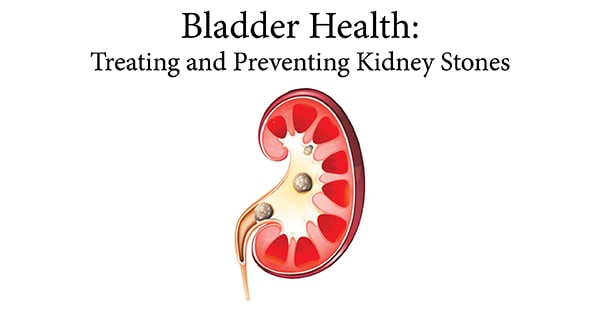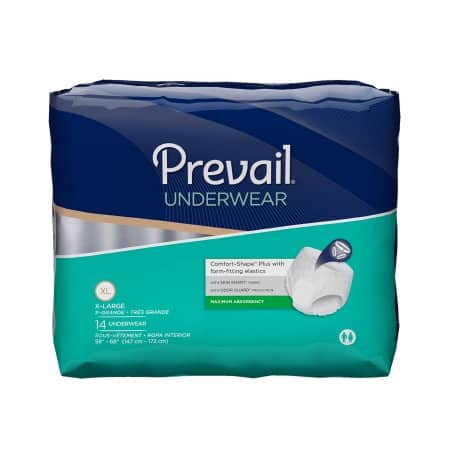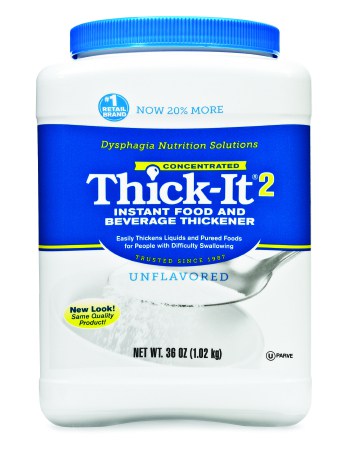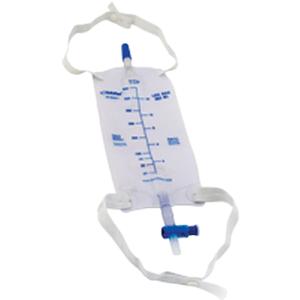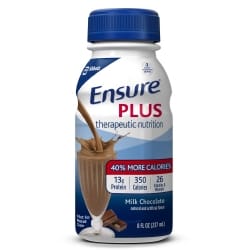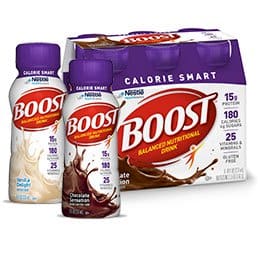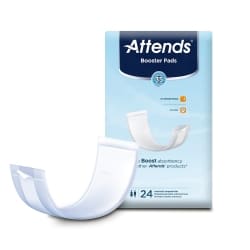What is enteral feeding? Enteral feeding, often known as tube feeding, is a medical procedure designed to provide essential nutrition to individuals who cannot eat or drink normally. This technique delivers nutrients directly into the gastrointestinal tract through a specialized feeding tube.
This method is frequently recommended for individuals with swallowing difficulties, certain gastrointestinal disorders, or those who cannot meet their nutritional needs through regular eating.
Enteral feeding provides nutrients, vitamins, and minerals to maintain health and well-being. Consultation with a healthcare professional is crucial to determine the most appropriate method and feeding formula tailored to each individual’s needs.
Procedure Details
 Placing an enteral feeding tube involves carefully inserting a tube into the gastrointestinal tract to provide nutrition and hydration to individuals who cannot eat or drink normally. This method is typically used when the digestive system is functioning, but oral consumption of nutrients is insufficient.
Placing an enteral feeding tube involves carefully inserting a tube into the gastrointestinal tract to provide nutrition and hydration to individuals who cannot eat or drink normally. This method is typically used when the digestive system is functioning, but oral consumption of nutrients is insufficient.
Various types of enteral feeding tubes exist to meet specific needs. These are some of the multiple types of standard feeding tubes:
- Nasogastric tubes: Inserted through the nose into the stomach
- Nasojejunal tubes: Extend into the small intestine.
- Gastrostomy tubes: Placed directly through the abdominal wall into the stomach
- Jejunostomy tubes: Inserted into the jejunum, the second part of the small intestine
The choice of the tube depends on factors such as the patient’s condition, the feeding duration, and the anticipated recovery period.
Benefits of Enteral Feeding
The benefits of enteral feeding are significant. It ensures that individuals receive the essential nutrients required to maintain health, which is particularly crucial for those with limited oral intake. Additionally, it helps prevent malnutrition and dehydration, which can lead to severe health complications. By providing a balanced diet, tube feeding supports the body’s healing process and aids recovery.
It is essential to distinguish between enteral and parenteral nutrition. Enteral feeding delivers nutrition through the digestive system, whereas parenteral nutrition provides nutrients directly into the bloodstream via an intravenous line. Tube feeding is preferred when the digestive system is functional, while parenteral nutrition is used when the digestive system cannot process food.
The right equipment and supplies are vital for a safe and effective enteral feeding procedure. Commonly used items include feeding tubes, syringes, extension sets, pumps, and enteral nutrition formulas. These supplies ensure accurate delivery of nutrients and fluids and facilitate easy administration and monitoring of the feeding process.

Risks and Benefits
Enteral feeding, while life-saving for those unable to eat or swallow normally, carries potential risks and complications.
Some of the risks include:
- Infection: Inserting a tube into the body can introduce bacteria. Maintaining proper hygiene and following sterile procedures during the tube’s insertion and care are essential to minimize the risk of infection.
- Tube displacement or blockage: This can result in inadequate nutrition or aspiration. Regular monitoring and proper tube positioning can help mitigate these risks.
- Gastrointestinal issues: These can include diarrhea, constipation, or reflux and can be managed through appropriate formula selection, feeding rate adjustment, and patient tolerance monitoring.
 To ensure safety during enteral feeding, it is crucial to have a healthcare professional or caregiver trained in tube feeding management. Regularly monitoring the patient’s condition, including weight, hydration, and electrolyte levels, is vital. Adhering to a strict feeding schedule and maintaining proper cleaning and maintenance of feeding equipment are also necessary preventive measures.
To ensure safety during enteral feeding, it is crucial to have a healthcare professional or caregiver trained in tube feeding management. Regularly monitoring the patient’s condition, including weight, hydration, and electrolyte levels, is vital. Adhering to a strict feeding schedule and maintaining proper cleaning and maintenance of feeding equipment are also necessary preventive measures.
Despite the potential risks, enteral feeding offers significant long-term benefits. It provides a reliable source of nutrition for individuals who cannot consume food orally, ensuring they receive the necessary nutrients for health maintenance. Tube feeding can also improve overall well-being, promote wound healing, and enhance the body’s ability to fight infections.
Enteral feeding can be a less invasive and cost-effective alternative to parenteral nutrition. It allows patients to remain at home and maintain independence while receiving the required nutrition. Home enteral nutrition is particularly beneficial for long-term care and recovery.










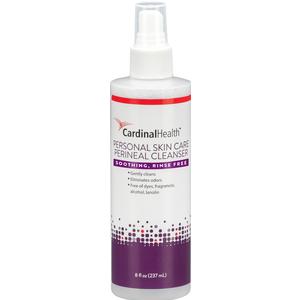

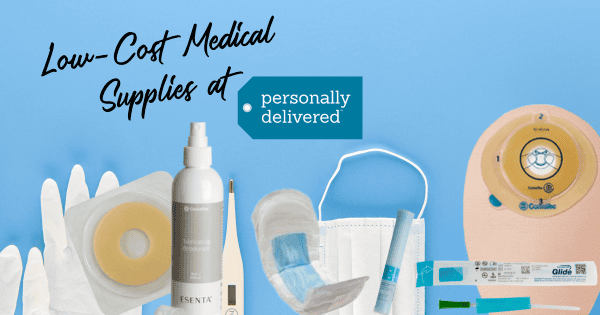

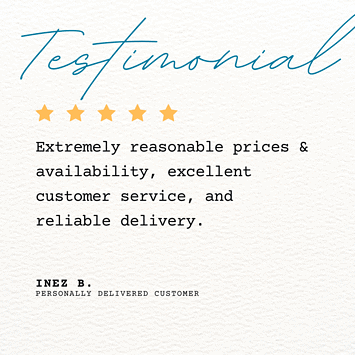
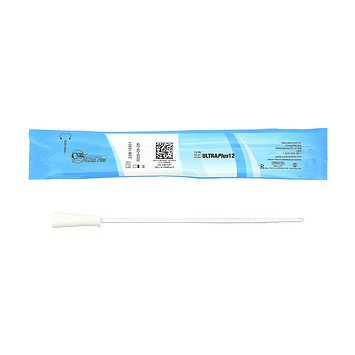
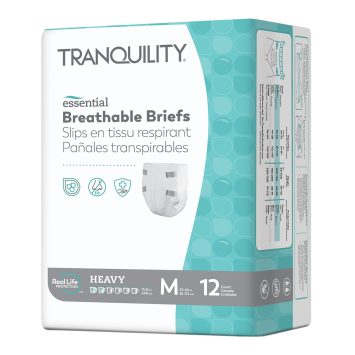
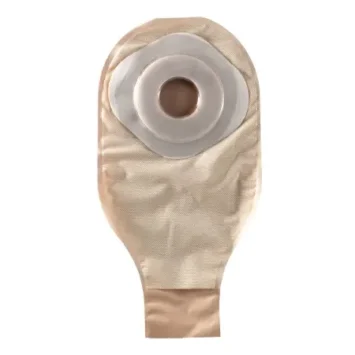
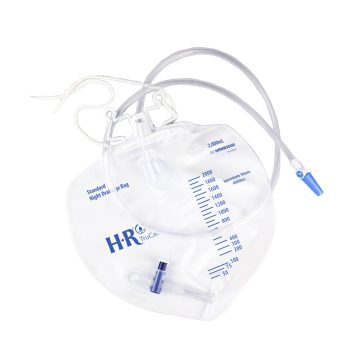

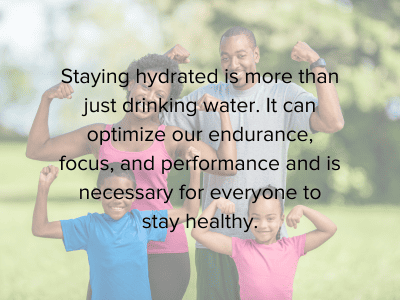

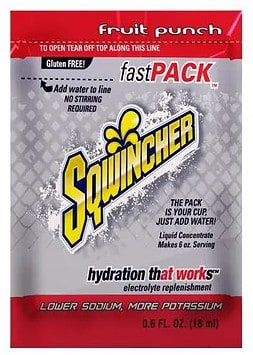
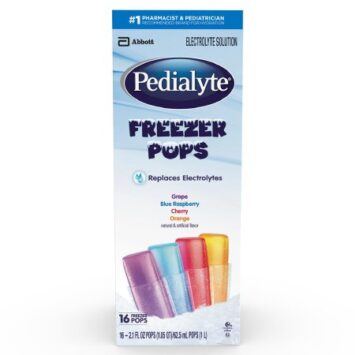



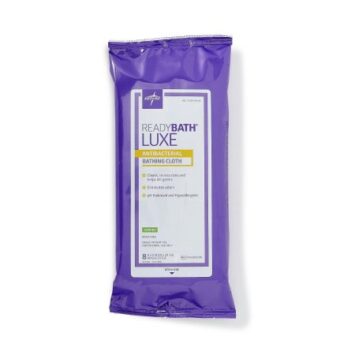
 Finally, it is essential to seek professional advice when tube feeding. Caregivers should consult with a healthcare professional before starting a gastronomy tube feeding regimen. A healthcare professional can help determine the patient’s nutritional needs, provide guidance on feeding schedules, and recommend the right enteral supplies.
Finally, it is essential to seek professional advice when tube feeding. Caregivers should consult with a healthcare professional before starting a gastronomy tube feeding regimen. A healthcare professional can help determine the patient’s nutritional needs, provide guidance on feeding schedules, and recommend the right enteral supplies.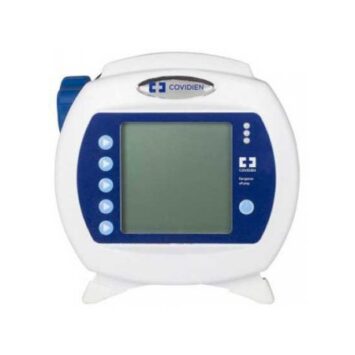
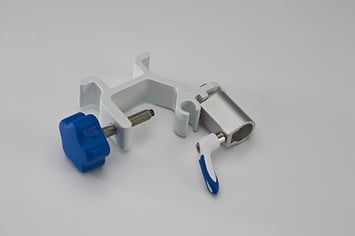
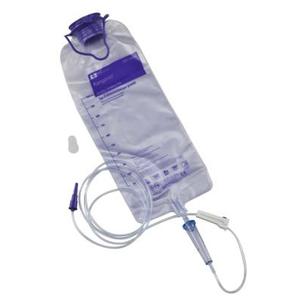
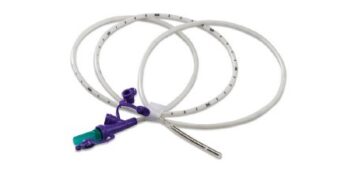

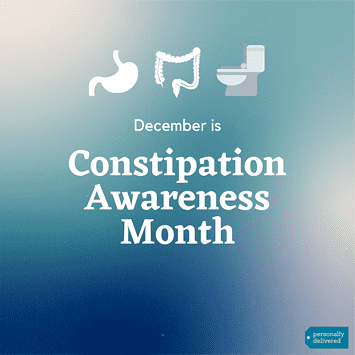 Laxatives for constipation are a common medical supply used by many and can be quite effective for relief if used properly. These over-the-counter products work by inducing a bowel movement to release stool compacted in the intestines. The
Laxatives for constipation are a common medical supply used by many and can be quite effective for relief if used properly. These over-the-counter products work by inducing a bowel movement to release stool compacted in the intestines. The 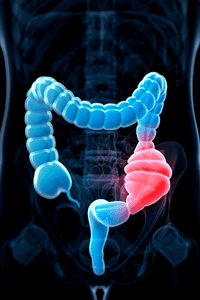 What causes constipation?
What causes constipation?

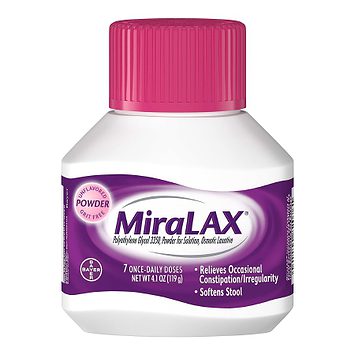
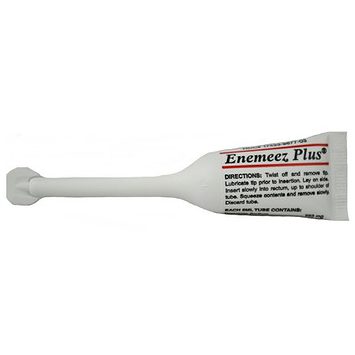
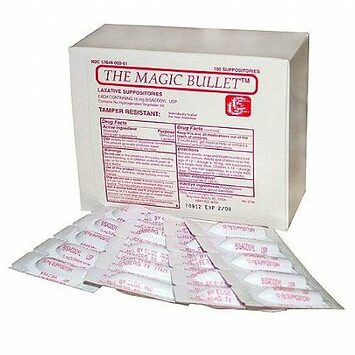
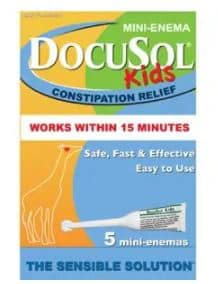

 As we mentioned, gluten intolerance is characterized by having an adverse reaction to foods that contain gluten, such as wheat, cereals, cakes, bread, and beer. If you have irritable bowel syndrome and gluten sensitivity, the signs you experience may exacerbate. Those signs of gluten intolerance include:
As we mentioned, gluten intolerance is characterized by having an adverse reaction to foods that contain gluten, such as wheat, cereals, cakes, bread, and beer. If you have irritable bowel syndrome and gluten sensitivity, the signs you experience may exacerbate. Those signs of gluten intolerance include:
 Gluten-free diet
Gluten-free diet Include high-fiber foods like sweet potatoes, carrots, prunes, and chia seeds to get things in the digestive tract moving along. It is suggested that adults consume 25-31 grams of fiber per day.
Include high-fiber foods like sweet potatoes, carrots, prunes, and chia seeds to get things in the digestive tract moving along. It is suggested that adults consume 25-31 grams of fiber per day. Make sure to talk to your doctor
Make sure to talk to your doctor













